Brooklyn-Queens Interborough Express Rail Project Quickly Moves To Next Phase
Jan. 20, 2022, 3:29 p.m.
The line would connect to 17 subway stations and the Long Island Rail Road.
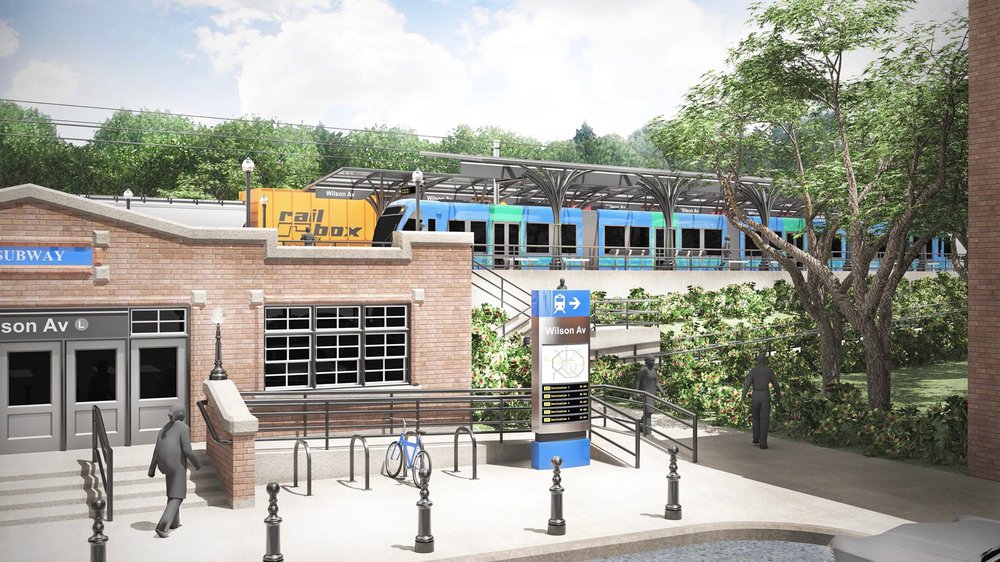
New York State’s plan to convert a 14-mile stretch of an underused freight rail line in Brooklyn and Queens into a new transportation line is moving to the next phase of development.
On Thursday, Governor Kathy Hochul announced a feasibility study for the Interborough Express has been completed, and that the MTA has deemed the project is indeed feasible.
The review finds the line—whether it’s a light rail, subway, or bus rapid transit—could serve between 74,000-88,000 people a day; connect to 17 subway stops (2, 3, 5, 7, A, B, C, D, E, F, J, L, M, N, Q, R, Z) plus the Long Island Rail Road; and run end-to-end from Bay Ridge to Jackson Heights in 40 minutes.
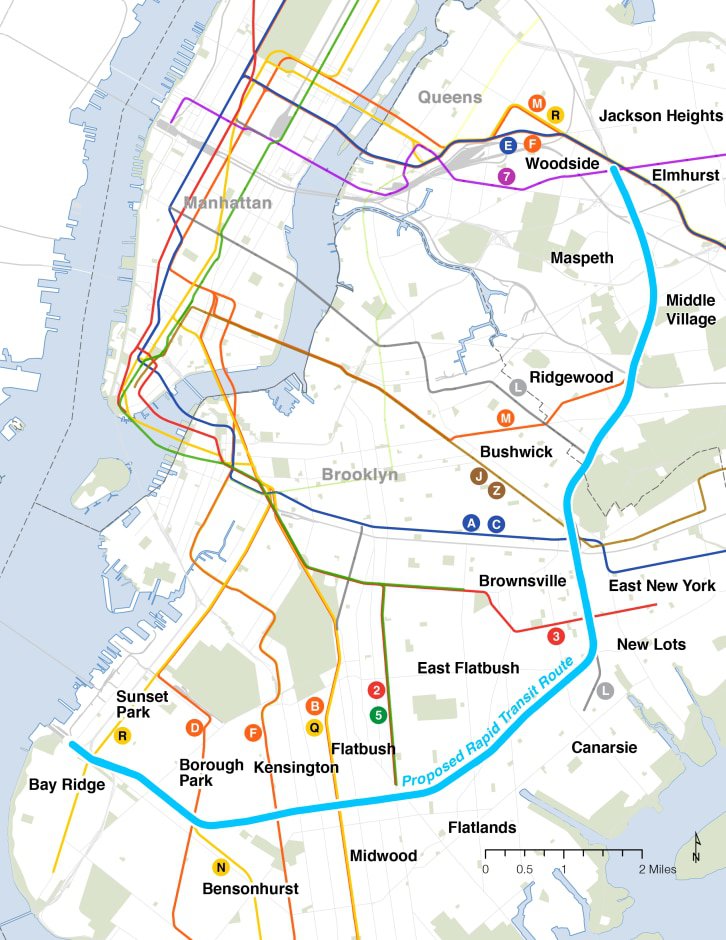
“Those are the people we’re trying to serve, those are the people that need that kind of connection and to be lifted out of their everyday existence trying to catch a bus to get to their jobs,” Hochul said at a press conference in Bay Ridge.
The MTA feasibility study finds more people commute between Brooklyn and Queens than commute into Manhattan.
“This is a fundamental equity issue,” MTA Chairman Janno Lieber said. “We’re talking about some of the driest transit deserts, as we say, in the city.”
READ MORE: Bronx Residents Say They're Left Out of Governor’s Inter-Borough Express
Now, the MTA will gather public feedback for the project and further analyze all the options, before it moves on to an environmental review.
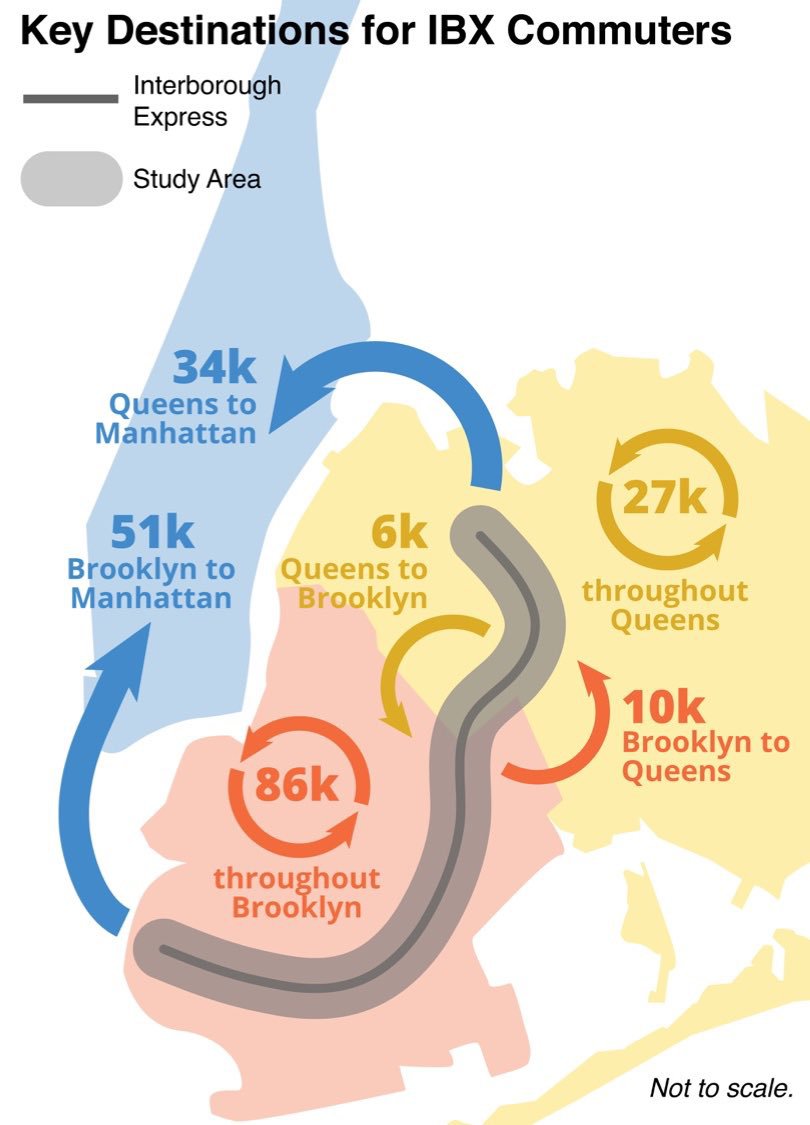
With renewed focus on the freight line, there’s a push to get a cross-harbor freight tunnel built as well. The Port Authority of New York and New Jersey is undertaking an environmental review of the project, which would connect the freight line at the Brooklyn Army Tunnel to New Jersey.
Congressman Jerry Nadler, a proponent of a cross-harbor freight project for 40 years, also appeared with the governor Thursday and noted that 1 billion tons of freight goods moves through New York City each year, 90% of it arriving by truck.
“It will change the way we move goods through our region for the better,” Nadler said. “With economic, environmental, health, safety and cost-saving benefits for millions of people.”
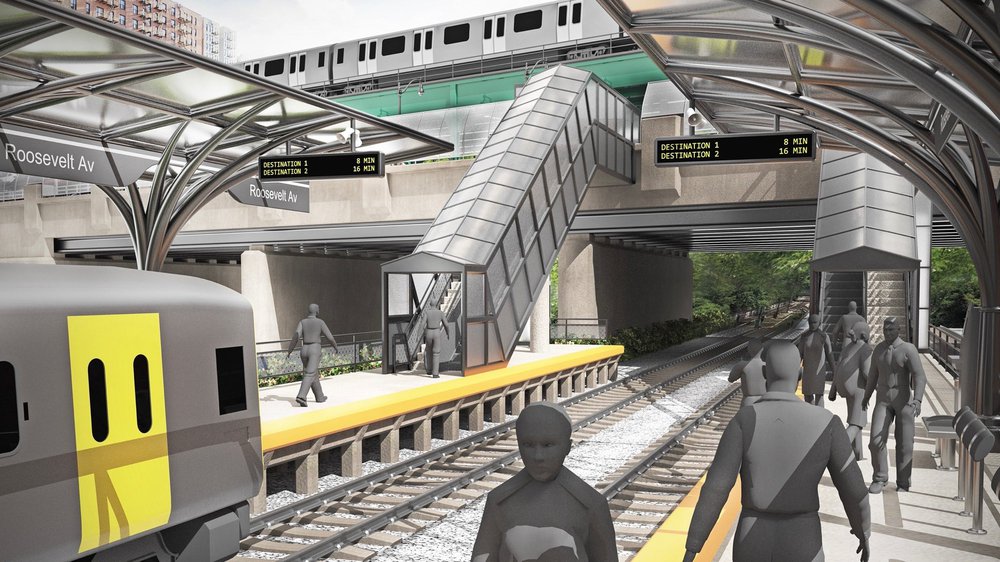
The freight line in Brooklyn is currently used three times a day, according to the MTA’s study. Whatever type of service is ultimately used on the Interborough Express will have to take the freight traffic into consideration.
"The Interborough Express is a monumental step forward in moving away from our Manhattan-centric transit system toward a more comprehensive model that will benefit all residents,” Kate Slevin, Executive Vice President for Regional Plan Association, wrote in a statement. “Throughout public and private meetings with elected officials, community, and business organizations over the past five years, we have seen tremendous support for this project."
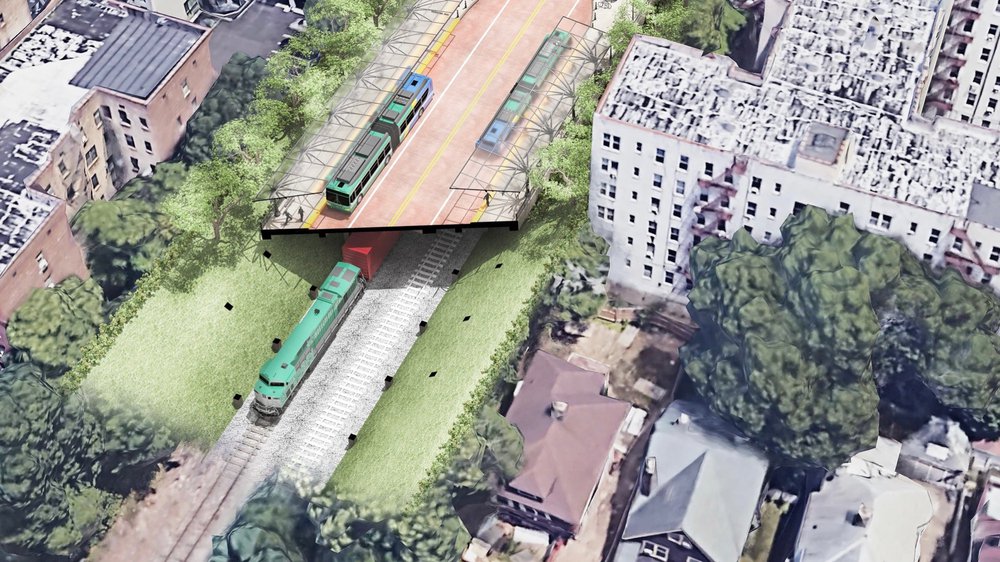
The plan appears to have support from most lawmakers in Brooklyn and Queens, except for State Assembly member Cathy Nolan, who is currently facing a primary challenge from Huge Ma (aka Vax Daddy).
The feasibility study also says a benefit of the line is that it “addresses transportation equity by providing new services where 71% of residents are minority and 33% are below 1.5 times the federal poverty line.”
“The Inter-borough Express is a game changer for Southern Brooklyn, and all the Brooklyn and Queens communities that have historically lacked reliable transit,” State Senator Andrew Gounardes wrote in a statement. “It has the power to unlock economic and cultural opportunities all the way from Bay Ridge to Jackson Heights, and stands to have a profound impact on the lives of hundreds of thousands of New York City residents.”
No timeline has been discussed for the project, as there are many more phases before a design is finalized and a construction contract is awarded.

This article has been updated to note that the line is planned to terminate in Jackson Heights in Queens, not Astoria.